Hong Kong Egg Tart
Chinese egg tarts are one of the most popular traditional Chinese desserts and are enjoyed all year round but especially on Chinese New Year. I know I am a little late on Chinese New Year but maybe this can be a better late than never post?
So, how do these popular tarts fit into my "morbid" mold? Well, because these are a really beautiful example of legacy recipes. Legacy recipes are edible heirlooms and to me, they are the things we leave behind that truly hold what makes us human.
The egg tart's earliest association with King Henry VIII, and whether or not that's true, we can date an early recipe in England around 1450 in a medieval cookbook called Two 15th Century Cookbooks which is the second-oldest cookery book written in the English language.
But the love of the egg tart didn't remain in England, it traveled with it's creators to new countries where it was blended with customs of its new home and developed into something new(ish).
And so, 400 years after it's birth we see the Brits introduce this tart to the southern Chinese city of Canton, now known as Guangzhou where Cantonese chefs who helped out in the kitchen watched how they were prepared and made them their own by subbing out custard powder for only eggs, sugar and milk and puff pastry instead of shortcrust, as it was already commonly used in Dim Sum recipes.
After WWII we find these tarts flourishing in Hong Kong because it was a British colony at the time which is where the tart split into its two versions of a simple buttery shortcrust and it's puff pastry counterpart.
To create this I used Rainbow Nourishments recipe who writes that she wanted to make these as authentic as possible so she adapted a recipe which was passed down to her mother and that makes this a doubly perfect fit to share here.
Ingredients
Chinese-style shortcrust pastry
1 ¾ cups (220g) plain flour, plus extra for rolling
⅔ cup (150g) vegan block butter, chilled, plus extra for greasing the tins
I used Earth Balance sticks
⅓ cup (35g) powdered sugar
1 tbsp (10g) coconut milk powder, or extra flour
1 tsp vanilla extract
1 tsp evaporated coconut milk, or soy milk or water
Vegan Egg Custard
3 ½ tbsp (25g) vegan-friendly custard powder
2 ¼ cups (565g) unsweetened soy milk
¾ cup (190g) evaporated coconut milk, or more soy milk but the evaporated milk makes the egg tarts silkier!
½ cup (100g) cane sugar, or a little more to taste
¾ tsp agar powder
Pinch of black salt (kala namak), for the eggy flavour, to taste
Pinch of turmeric, to colour
Directions
Making the pastry:
Use a pastry brush to liberally grease your small tart tins with melted butter.
Add all the pastry ingredients to a food processor and pulse until just combined. If your pastry is too soft to be rolled out, place it in an airtight container and chill it in the fridge for about 1 hour.
On a lightly floured surface, roll out your pastry to about 5 mm thick (a little less than ¼ inch). Using a circular cookie cutter slightly larger than your tart tins (my cutter was 9 cm or 3.5 inches wide), cut rounds out from the pastry.
Transfer the pastry rounds to your tart tins and press the pastry against the bottom and sides. If there are any holes, patch them up with more pastry.
To prepare for blind baking, place similar or smaller sized tart or cupcake tins on top. I found that the easiest method to blind bake these babies was to use an empty tart tin to keep them pressed down and keep that beautiful flower shape intact. Chill the pastry shells in the fridge for at least 30 minutes.
Baking the pastry shells:
When you're ready to bake the shells, preheat the oven to 180°C (350°F). When the oven is ready, bake the shells for around 15 minutes or until the edges are slightly golden brown.
Set aside to cool. Remove the blind baking tins when the tarts are completely cool. Store in an airtight container at room temperature or in the fridge until needed.
Making the vegan egg custard:
In a small bowl, combine the custard powder and a few tablespoons of soy milk until there are no lumps.
Add all the custard ingredients to a medium-size saucepan over medium-high heat. Whisk consistently while the custard heats up. Gently boil the custard for about 3-5 minutes then remove from the heat.
Your custard may have little clumps or bubbles throughout. If so, place a sieve over a wide pouring jug and carefully pour the hot custard in the sieve. The leftover custard should be smooth and free from bubbles.
Place all your baked tart shells (while they're still in their tins) on a large tray or in a container. Gently pour the custard into each tart shell. Allow them to sit at room temperature for 5 minutes then transfer them to the fridge for 1-2 hours or until set. The tarts will also set at room temperature but the fridge speeds up the process.
The tarts are set if you can insert a toothpick in the middle and the toothpick stands by itself. The tarts are ready to serve! The tarts can be kept at room temperature for a few hours before serving. Alternatively, store the egg tarts in the fridge in an airtight container for up to 5 days.

